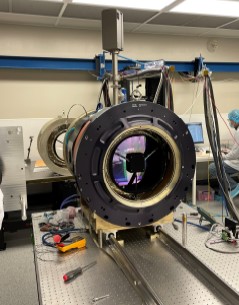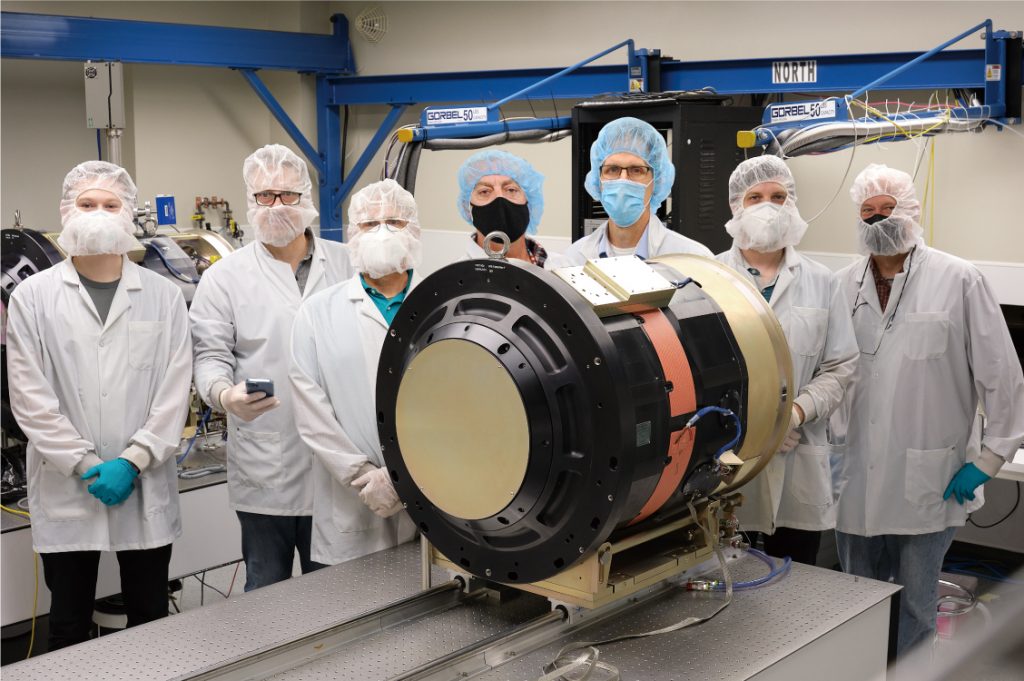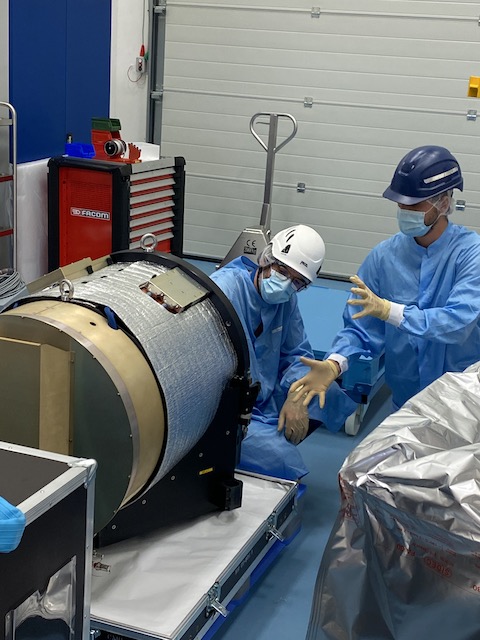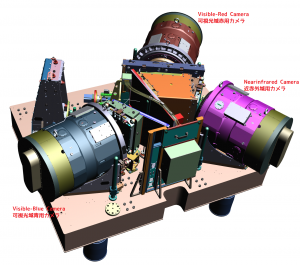We PFS project reached many milestones in September 2022. We are going to report them in the coming articles.
First of all, finally, the first near-infrared camera has been shipped from Johns Hopkins University (JHU, USA) to Laboratoire d’Astrophysique de Marseille (LAM, France)!!
PFS Spectrograph equips three cameras, two visible cameras (blue and red) and one near-infrared camera, and takes spectra across wide wavelength range, from 380nm to 1260nm. These cameras are developed by LAM and their partner Bertin Winlight, JHU, and Princeton University (PU, USA). In particular, JHU and PU are responsible for the whole integration of the near-infrared cameras; assembling the camera optics and the cryostats.
To develop the near-infrared cameras, there are a few more challenges than the visible cameras (see here). It is because in near-infrared band, the camera itself and environment can be a noise light source. Therefore, we have to cool down the camera more than the visible cameras, and develop the special coating to cut the thermal noise for the optics (a lens and a mirror).
Achieving these challenges, JHU completed the assembly and test of the first near-infrared camera recently. Hence, we had the pre-ship review in July 2022, during the SPIE conference where some of us could meet in person. As a result of discussion and follow-up tests, we confirmed the camera performance and completion of required tests, so the first near-infrared camera was shipped from JHU to LAM in September 2022. LAM is going to carry out functionality test, then align the camera on the Spectrograph bench, and verify the Spectrograph performance with three cameras. It is exciting that we will see the spectra from three cameras soon.
JHU, on the other hand, has been making progresses in the assembly of the other near infrared cameras. With know-how from the first camera, progress of the second and later cameras are faster so far. The second camera is already fully assembled and cooled down, and JHU is now investigating an issue found. Assembly of the third camera is on-going in parallel.







